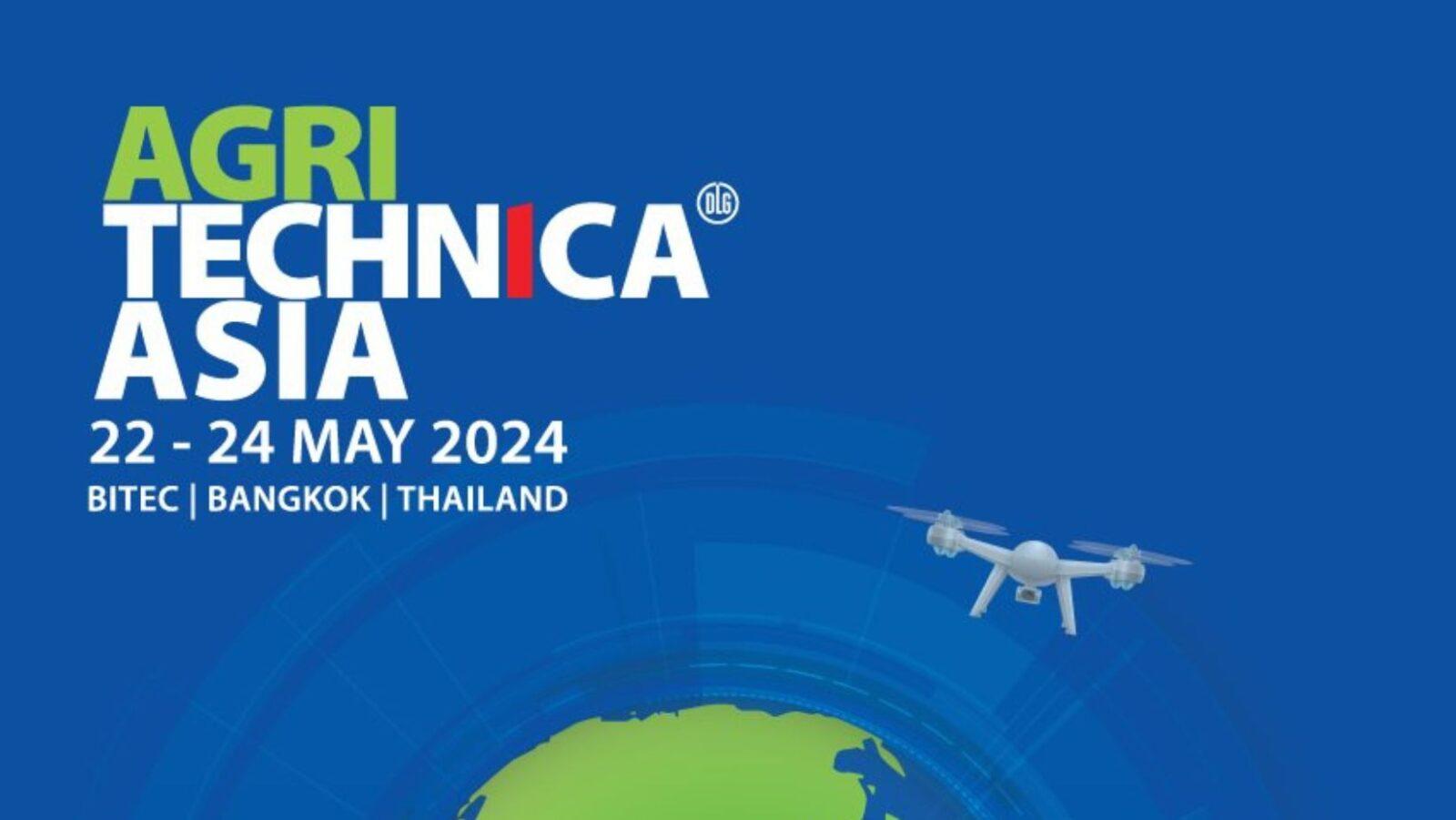Ever seen those tiny flies hovering annoyingly around your food, your drinks, or even your face? Notice how difficult it is to catch or swat them?
These fruit flies are particularly adept at making swift turns mid-flight, allowing them to avoid incoming threats with ease. And with the help of the DelFly Nimble, we can finally understand how they do it.
Of fruit flies and the deft Delfly
Designed by researchers at the Delft University of Technology in the Netherlands, the Delfly Nimble is a “free-flying, insect-inspired” robot.
Programmed with various flight control strategies, the Delfly is capable of adjusting its wings’ flapping angle and speed to control its turns and pitches. Its wings perform 17 beats per second, and can adjust themselves while generating lift.
The Delfly’s programmed functions allow it to execute 360-degree flips and banked turns, with a maximum speed of 25 kilometers per second. It also holds enough power to fly beyond one kilometer or stay in mid-air for five minutes.
The specific mechanics of insect flight has baffled scientists for quite some time. Early theories on insect flight were put into question when zoologist Charles Ellington experimented on various insects in the 1990s.
At the time, the prevailing theory was that insect wings operated much like airplane wings — that the slightly tilted surface of their wings allowed insects to generate lift via flapping, essentially keeping themselves aloft through a combination of upward and downward flow.
However, while Ellington’s findings revealed how insects use their wings to establish a “stable leading-edge vortex” to stay in flight, they did not explain how insects could perform such quick directional changes in mid-air.
Test flight
A team of researchers led by roboticist Matěj Karásek came up with a theory for this, specifically focusing on fruit flies. They believed that fruit flies are capable of making rapid turns because they angle themselves toward the proper direction.
According to the team, fruit flies do this by rolling to the side while in flight — not by pointing themselves left or right — and then pitching forward or backward. Using the Delfly, they were able to prove this theory.
“In contrast to animal experiments, we were in full control of what was happening in the robot’s ‘brain,'” explained Karásek. “This allowed us to identify and describe a new passive aerodynamic mechanism that assists the flies… in steering their direction throughout these rapid banked turns.”
The researchers’ findings are helpful in understanding the flight methods of insects and other flying animals. They can also be used in improving disaster response initiatives and developing better ways of pollinating plants inside greenhouses.
Still, at the very least, we now know how these irritating pests manage to dodge us so easily almost every time.
References
- http://science.sciencemag.org/content/361/6407/1073
- https://arstechnica.com/science/2018/09/this-nifty-flying-robot-can-hover-bank-and-turn-as-deftly-as-a-fruit-fly/
- https://www.eurekalert.org/pub_releases/2018-09/duot-nfr090618.php
- https://www.sciencenews.org/article/flying-robot-could-reveal-secrets-aerial-world-insects?tgt=nr
Author: Mikael Angelo Francisco
Bitten by the science writing bug, Mikael has years of writing and editorial experience under his belt. As the editor-in-chief of FlipScience, Mikael has sworn to help make science more fun and interesting for geeky readers and casual audiences alike.







